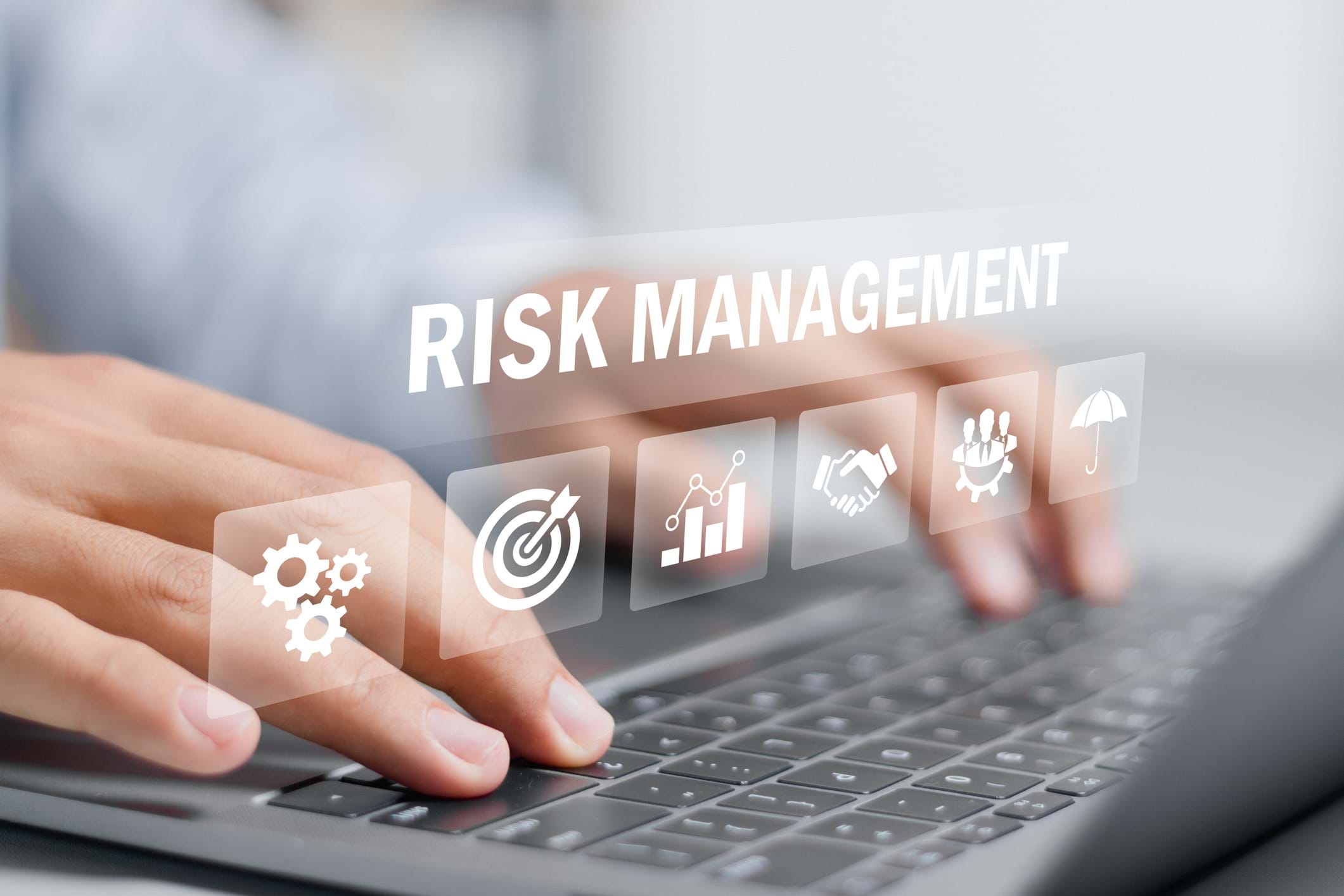Being a successful contractor involves more than being good at your craft. It also involves establishing and maintaining strong client relationships that will grow and sustain your business for years to come. Many of the best relationships you’ll build will be with property owners who require comprehensive construction safety plans. Knowing this, you should do what you can now so your business is even more attractive to these high-quality, safety-conscious clients.
Steps for Creating and Implementing a Construction Safety Plan
Execute an Exposure Assessment: When creating a safety plan, the first thing you need to do is an exposure assessment. This involves looking at the type of work you’ll perform and the potential exposures associated with this work. For example, if you’re a concrete contractor performing structural concrete-type work you have several exposures to consider, including those associated with falls from heights, scaffolding, ladders, cranes, etc.
Determine controls and necessary policies: You need to determine what controls need to be implemented to eliminate or control the potential exposures associated with the work to be performed. Depending on the type of work, this may include policies regarding personal protective equipment (i.e., hardhats, eye/face protection, gloves, work clothing, and safety vests), falls protection, ladders, scaffolding, use of hand and power tools, electrical safety, working safely near mobile equipment, trenching/excavation; and potential health exposures, such as silica dust, asbestos, lead paint, working safely around cranes, etc.
Use a project-focused approach: A site-specific safety program needs to be project-focused. In other words, it needs to directly relate to the project at hand. You shouldn’t use generic terminology or include things that aren’t applicable to the work you’re doing. Whatever is included in your program, you have to do in the field. It’s not enough to say you’re going to do it, you need to actually do it. Otherwise, it’s not worth the weight of the paper it’s printed on.
Include a Policy Statement: Your program should also include a policy statement, written from the point of view of a senior executive within your organization. Whether it’s your company’s owner or a senior vice president, the policy statement should be about the organization’s philosophy on and commitment to safety, including how safety is handled on your projects.
Provide appropriate training & orientation: Your site-specific safety program should include roles and responsibilities, training and enforcement. For contractors this means making sure your employees, especially project managers, foremen and superintendents have a complete understanding of the plan, from top to bottom, and how it will be implemented on the project.
Every employee coming onto the project should receive a Project Safety Orientation so they know what’s going on, from a safety perspective, on that project. Every contractor working on the project should make sure their employees are properly trained. They need to be able to recognize potential exposures and the controls necessary to eliminate or control the potential for loss.
Ongoing training is also critical. This can be accomplished with daily safety huddles and weekly tool box talks. Daily safety huddles are five to 10-minute safety talks regarding the work to be done on any particular day. The purpose of the daily safety huddle is to focus employees on the potential exposures related to the work they are to complete and the expected controls to prevent injury. The foreman or superintendent conducting the daily safety huddle should make sure they have the equipment, personnel and training to complete the work safely.
Enforcement is key: You have to enforce your safety program. If you don’t and your employees think it’s a joke, what worth does it have? The best way to go about doing this is through coaching and encouraging employees to work safely and telling them why it is important to work safely. Employees need to know that working safely is a condition of employment. It is also important to have a progressive disciplinary action program (i.e., written warning, suspension, and termination) for instances when an employee is knowingly violating a safety requirement.
Implementing a successful site-specific safety plan is no small feat. But you don’t need to do it alone. If you aren’t sure where to start or you just need some help improving your existing safety plan, work closely with your insurance broker. Doing so will ensure it’s a smooth process and that all of your bases are covered. A safe project delivered on time and under budget goes a long way in establishing long-term relationships with high-quality clients.







